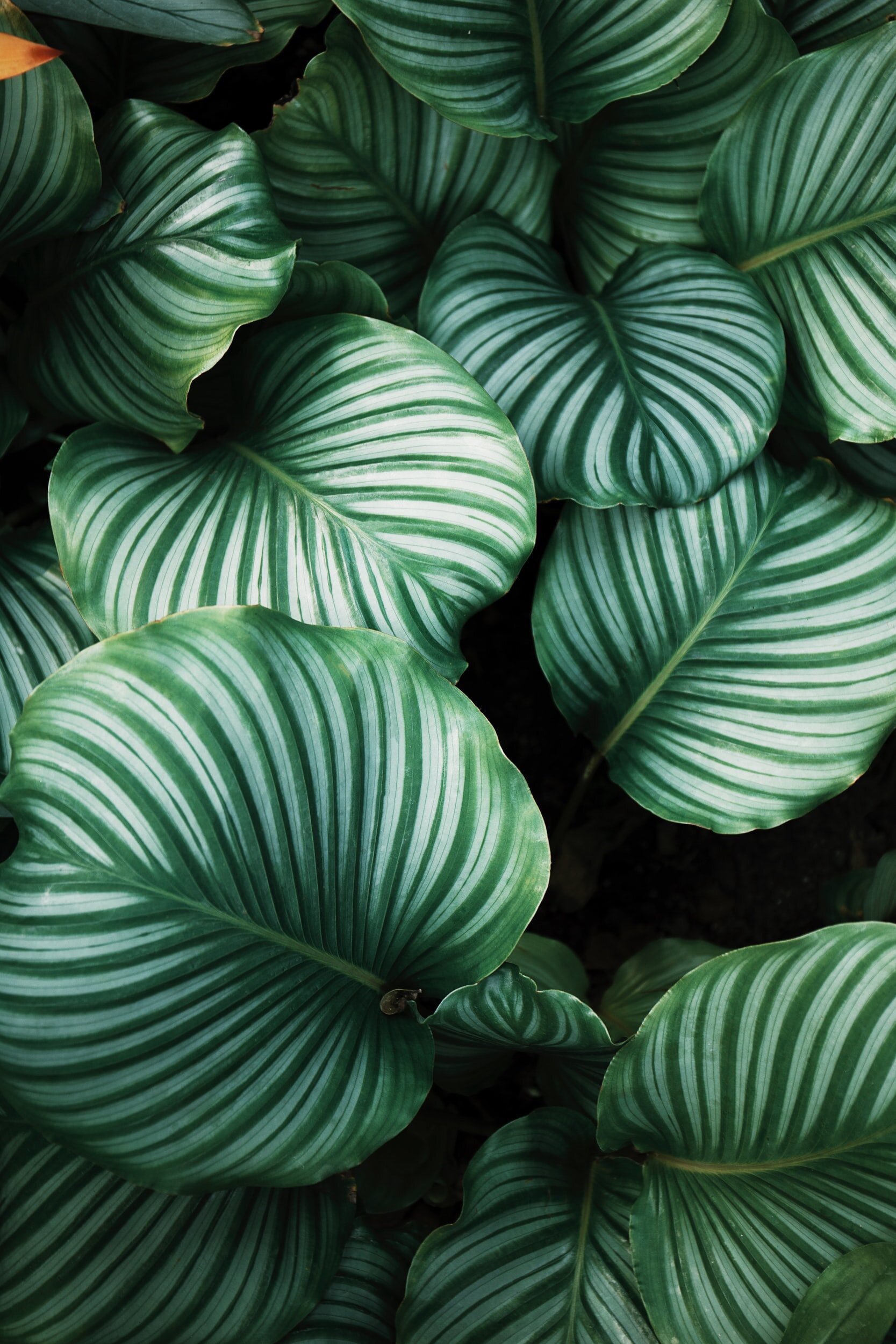
BLOG
The Large Intestine Channel of Hand Yangming
The Stomach channel is the Yin-Yang pair channel of the Spleen channel. It’s also the Foot channel of Yangming…
Below is the pattern differentiation and acupuncture treatment prescription for the signs and symptoms we have learned in this video. There are still a few more things to learn before fully understanding this information. But I will leave these here for those who are interested in taking a peek of what’s coming later or for those who already have some knowledge about pattern differentiation and want to learn more. Until next time! :)
RED & PAINFUL EYES
Taiyang, BL-2, GB-20, LI-4, LV-3
Wind-Heat (+ SJ-5, LU-11)
LV-GB Fire (+ LV-2, GB-43)
STUFFY NOSE w/ LOSS OF SMELL
LI-20, Yintang, BL-7, LU-7, LI-4
Wind-Heat in LU channel (+ LU-5, LU-11)
GB Heat (+ GB-34, GB-43)
SP-ST Damp-Heat (+ LI-11, SP-9)
SORE THROAT
Excess: LU-11, LI-1, SJ-1, SI-17, ST-44
Wind-Heat (+ GB-20, SJ-5)
LU-ST Heat (+ ST-45, LU-10)
Deficiency: KD-3, KD-7, LU-7, LU-10
TOOTHACHE
ST-6, ST-7, LI-4, ST-44
Wind-Heat (+ SJ-17)
ST Fire (+ ST-45)
Deficiency Fire (+ KD-3)
The Large Intestine Channel of Hand Yangming
The Large Intestine channel is the Yin-Yang pair channel of the Lung channel. It’s also the Hand channel of Yangming. Let’s start with the primary channel.
The Large Intestine Primary Channel
The Large Intestine primary channel begins at LI-1 at the radial side of the tip of the index finger. It goes along the index finger, passes LI-4, between the 1st and 2nd metacarpal bones, and then passes LI-5, between the tendons of extensor pollicis longus and brevis.
It traverses the lateral aspect of the forearm, passes LI-11, and continues to go along the lateral aspect of the upper arm, reaching LI-15. It goes around the shoulder, passes SI-12 in the center of the suprascapular fossa, and goes to GV-14, below the spinous process of the vertebra of C7.
From GV-14, it enters the supraclavicular fossa, connects with the Lungs, passes the diaphragm, and connects with the Large Intestine. There is a branch at GV-14. It goes along the lateral aspect of the neck, passes the cheek, and then enters the lower gums.
The channel passes ST-4, curves around the upper lip, passes GV-26, crossing to the other side of the face. It continues until it reaches LI-20 at the side of the nose, and then connects with the Stomach channel of Foot Yangming.
The Large Intestine Luo-connecting Channel
The Large Intestine luo-connecting channel begins at LI-6. At this point, the channel joins the Lung channel. It also goes up the arm through LI-15 to the jaw and it divides on the cheek, one connecting with the teeth and the other entering the ear.
The Large Intestine Divergent Channel
The Large Intestine divergent channel separates from the hand and goes along the arm, passing LI-15. It goes to the spinal column and then to the supraclavicular fossa. It descends to the thorax, breast, Lungs, and Large Intestine. There is a branch from the supraclavicular fossa that goes along the throat and rejoins the Large Intestine channel.
The Large Intestine Sinew Channel
The Large Intestine sinew channel starts at LI-1 and binds at the dorsum of the wrist. It goes along the lateral aspect of the forearm, binds at the elbow, continues along the upper arm, and binds at the shoulder.
There is a branch that goes around the scapular and attaches to the upper thoracic spine. From the shoulder, the sinew channel goes up to the neck. There is a branch that goes across the cheek and binds at the side of the nose.
The sinew channel continues to ascend, crosses the temple and the corner of the forehead. It further goes up to the top of the head and then connects with the mandible on the opposite side.
Key points
The primary channel passes GV-26, crossing to the other side of the face (It is the only channel that crosses the midline of the body)
All 6 Yang channels go to GV-14, so does the Large Intestine primary channel
The primary channel enters the lower gum and the luo-connecting channel connects with the teeth
The luo-connecting channel also enters the ear
The primary and divergent channels connect with the Lungs and Large Intestine
The divergent channel goes to the spinal column; it also ascends along the throat and descends to the breast
The sinew channel attaches to the upper thoracic spine; It also goes to the corner of the forehead, top of the head, and the mandible on the opposite side
Signs and Symptoms of the Primary Channel
Now, let’s look at what kind of signs and symptoms manifest when there is a problem with the Large Intestine primary channel.
Runny nose
Nose bleeding
Toothache
Swollen Neck
Swollen, painful throat
Dry mouth
Red, painful eyes
These are signs and symptoms on the head where the Yangming channels go. And of course, there can be pain along the course of the channel, such as the lateral aspect of the arm.
Signs and Symptoms of the Luo-connecting Channel
The Large Intestine luo-connecting channel has excess and deficiency syndrome.
For excess, signs and symptoms include toothache and deafness
For deficiency, signs and symptoms include sensation of cold in the teeth and obstruction of the diaphragm
Signs and Symptoms of the Sinew Channel
Signs and symptoms of the Large Intestine sinew channel are cramping and pain along the course of the channel, inability to raise the shoulder, and inability to turn the head from one side to the other.
Main Acupuncture Points of the Large Intestine Channel
Now let’s go over some major acupuncture points on this channel.
Wind-Heat or Heat toxin in the Large Intestine channel often manifests on the face because the Yang pathogenic factors, such as Wind or Heat attacks the Yang part of the body, such as the head; the Large Intestine channel traverses the face, so we can see signs and symptoms, such as painful throat, toothache of the lower jaw, pain of the lower cheek, runny nose, nose bleeding, swelling of the submandibular region, dry mouth, deafness, and tinnitus. LI-1, 2, 3, and 4 can expel Wind and clear Heat.
Let’s talk more about LI-4 here, because LI-4 is a very important point. It has many actions and clinical applications. As we already talked about, LI-4 can treat the swelling or pain in the face region. LI-4 can treat disorders of the face and sense organs regardless whether they are acute or chronic, hot or cold, and deficiency or excess.
LI-4 can release the exterior, meaning it can induce sweating and expel the exterior pathogens, whether Wind-Cold or Wind-Heat. LI-4 can not only induce sweating but also stop sweating. This dual action of LI-4 can be understood as the ability to regulate the defensive Qi, which can adjust the opening and closing of the pores.
The luo-connecting point of the Large Intestine channel is LI-6. The Large Intestine luo-connecting channel connects with the Lung channel. As we know already by now, the Large Intestine channel is in Yin-Yang relationship with the Lung channel. That is why all these points on the Large Intestine channel can release the exterior, which is one of the actions of the Lungs.
In addition to expelling Wind function, LI-6 can open and regulate the water passages; this is one of the Lungs’ functions as well. For instance, Wind invasion disrupting the Lungs’ function of regulating the water passages can cause difficult urination or edema with absence of sweating. In this case, LI-6 can be used.
LI-11 regulates the circulation of Qi and Blood in the limb. So this point is used for both atrophy disorder with immobility and painful obstruction with numbness. For these cases, this point is often used with LI-4 and LI-15.
LI-11 is an important point that clears Heat because it can clear any kind of Heat in the body. Also, since it can expel Wind, resolve Damp, and clear Fire toxin, this point is used for the treatment of the skin disorders of excess type as well.
LI-20 treats disorders of the nose, such as nasal congestion and discharge. LI-20 is the last acupuncture point of the Large Intestine channel. And this is also a meeting point of the Large Intestine channel and the Stomach channel. So this point can treat the Stomach channel disorders, especially problems of the sense organs and the face.
Next, we will learn about the Stomach channel of Foot Yangming. If you have any feedback or questions about the material covered, please don’t hesitate to contact at junhwa@tcmexplained.com.
* The content is provided only for education purposes and is not intended to be a substitute for professional medical advice, diagnosis, or treatment.
References
1. Cheng, Xinnong, ed. Chinese Acupuncture and Moxibustion. 3rd ed. Fifteenth Printing 2014. Beijing: Foreign Languages Press, 2012.
2. Deadman, Peter, Mazin Al-Khafaji, Keven Baker. A Manual of Acupuncture. 2nd ed. East Sussex, England:Journal of Chinese Medicine Publications, 2007.
3. Kaptchuk, Ted J. The Web That Has No Weaver: Understanding Chinese Medicine. 2nd ed. New York: McGraw-Hill, 2000.
4. Maciocia, Giovanni. The Foundations of Chinese Medicine: A Comprehensive Text for Acupuncturists and Herbalists. 3rd ed. Philadelphia: Elsevier Churchill Livingstone, 2015.
